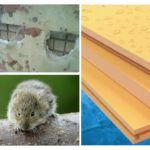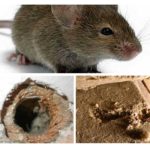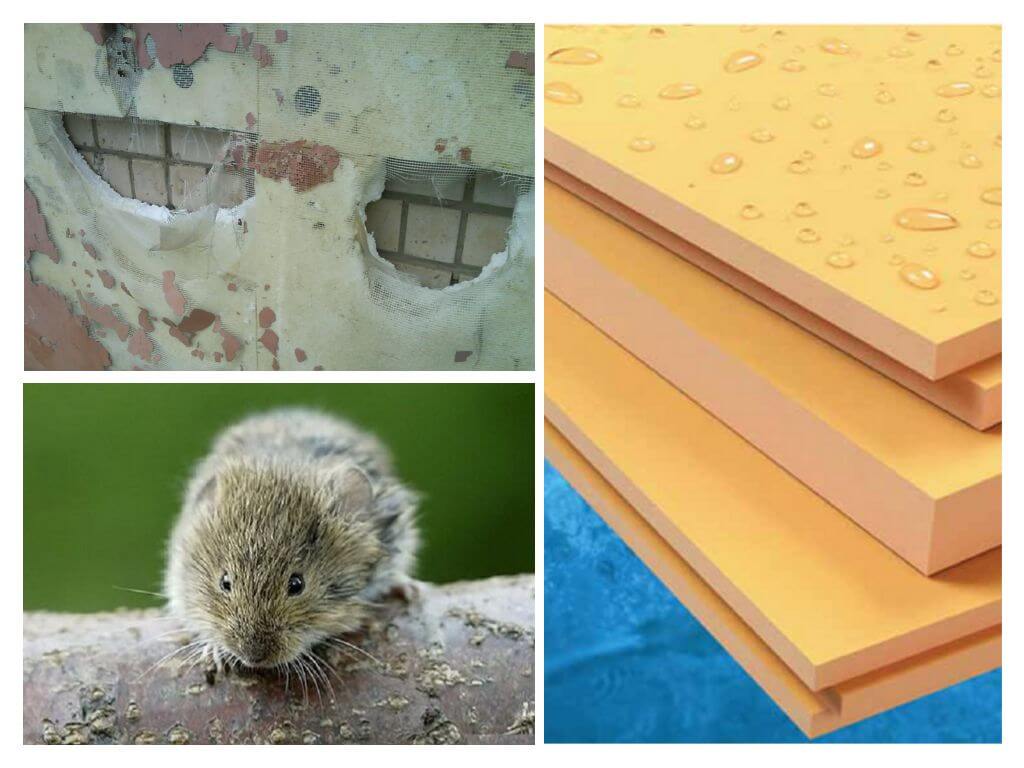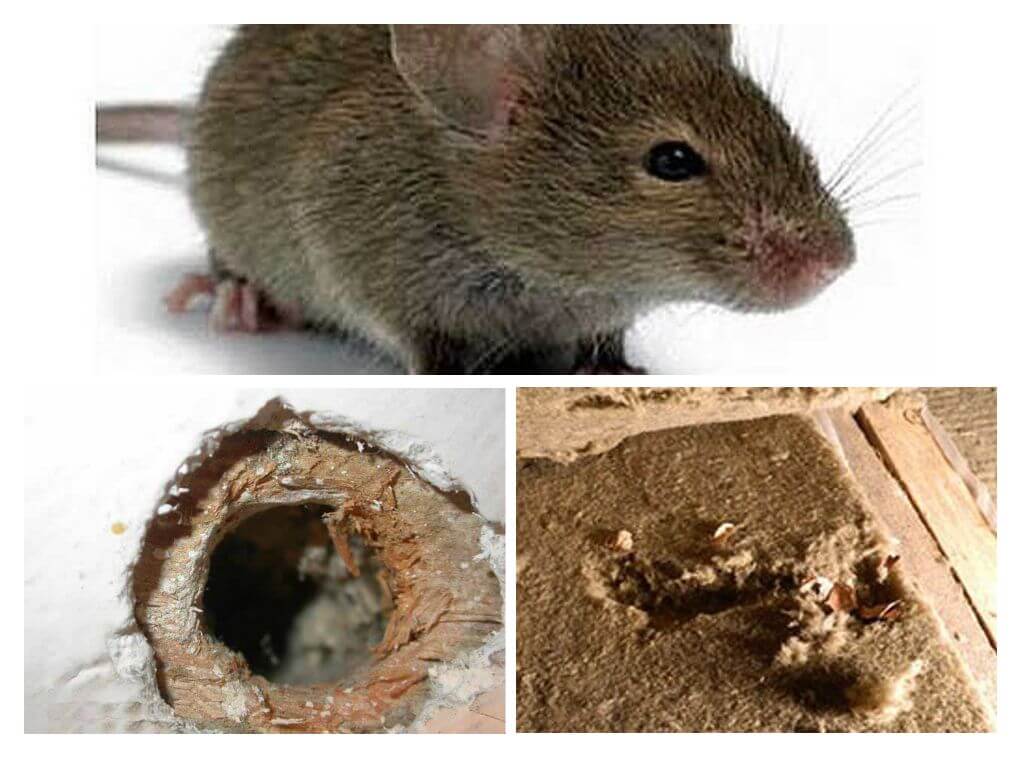Do mice eat extruded polystyrene foam
- Mice and Polyester
- Insulation gnawing mice
Warming of houses, apartments has become an integral part of modern construction. An additional thermal insulation layer allows you to create comfort, comfort in the room, save on heating. It is very important to perform quality work, pick up a reliable, sustainable material. Rodents can negate all efforts, bring colossal damage. One of the most popular materials for home insulation is polystyrene.A frequently asked question is whether mice gnaw foam polystyrene.
Tastes of rodents
Mice are considered omnivores. They destroy food supplies with packaging and packaging. Sharp teeth easily gnaw through wood, cloth, plastic, plastic, parquet, Styrofoam.
A mouse needs about 6 g of food per day. Rodents hardly endure hunger, therefore mice eat everything. Styrofoam is a type of foam. It has a more dense texture. To gnaw through similar material for rodents is not difficult. It becomes interesting whether mice eat extruded polystyrene foam.
Should I use epps
The use of non-natural materials is beneficial from an economic point of view. On the health side, an atmosphere that is not quite favorable is created in the room. It was observed that pests are less infested in a room with an excess of plastic and other synthetic materials.
The probability of penetration of mice, rats into the building is reduced from a theoretical point of view. It is possible to use expanded polystyrene for warming the house. However, pests can gnaw through a layer of polystyrene, make moves in it, ruin the entire warming structure. The expediency of using the material in doubt.
Important!
Mice do not eat polystyrene, but they easily gnaw through the entrances - exits. Already one through hole is enough for the room to lose heat and let the heat through. All efforts were wasted, money wasted to the wind.
According to some reports, the foam and its derivatives do not affect the health and well-being of mice. Rodents with success build nests in polystyrene foam materials, live, breed. Others argue that EPPS and mice are incompatible. They can spoil everything, they will not live there. Another question arises - is it possible to protect the layer of polystyrene insulation from mice.
Protection of insulation from rodents
Qualitatively performed work on the facade insulation should not contain gaps, flaws. In practice, it turns out that if there are omissions, the mice are able to get to extruded polystyrene foam.
To avoid the invasion of rodents, you need to worry about it during the installation work. In the lower part of the wall, expanded polystyrene should be protected by a base plate, reinforcing mesh. Enough to ensure the integrity of the structure at the bottom of the building to prevent the penetration of pests.Another solution to this problem is to find out. what insulation do not gnaw miceand use it.
If the moment is missed and there are mice in the wall, you need:
- get rid of them by any known method;
- make sure there are no rodents;
- for complete confidence to tear the lower part of polystyrene foam;
- to restore the damaged part, to restore the integrity of the structure.
On a note!
House mice penetrate the smallest crevices, narrow gaps. When performing insulation works, it is necessary to ensure that all parts of the structure sit tightly and fit together. Pay special attention to the bottom of the building.
Mice annoy their presence in private homes and apartments. They live in basements, upper floors of the building, settle on the ceiling. For them, nothing is impossible. Do not assume that the pests will not be taken to the upper floors. Protection of expanded polystyrene need to take care during its installation.









